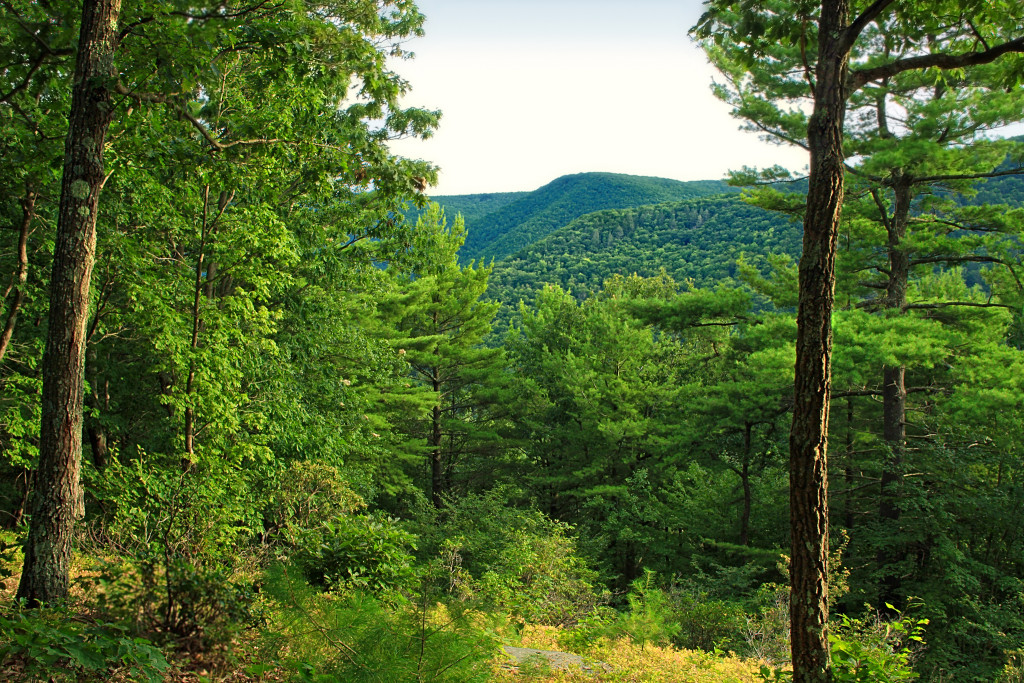
Debate about the Trans-Pacific Partnership overlooks an unintended consequence of increased trade with Asia – the assault on America’s trees.
Imported tree pests enter the U.S. in cargo from Asia and other regions. These bugs and diseases carry a price tag of $5 billion annually. Two recent introductions – the Asian longhorned beetle and the emerald ash borer – arrived as stowaways in wood packaging material, courtesy of lax trade regulations.
We don’t have to look far to see their impacts. Since 2002, emerald ash borers have killed more than 100 million mature ash trees throughout the US. Asian longhorned beetles have a more varied appetite, attacking 24 hardwood species including our maples, elms, willows, and birches.
In Worcester, Massachusetts, Asian longhorned beetles have resulted in the loss of 34,000 trees since 2008. Managing the outbreak has cost in excess of $150 million. This does not include the loss of ecosystem services like storm water management, summer cooling, and air quality protection.
These are not isolated examples. Each year, several new forest pests are accidentally introduced to the nation’s forests and cities. The burden of their management is largely borne by municipal governments and landowners. Yet the Trans-Pacific Partnership fails to even mention the problem.
There is scientific consensus about what needs to be done. Most of these pests arrive on imported live plants or in wood packaging material, such as pallets. Tightening plant protection standards and adopting environmentally-safe alternatives to wood packaging are sensible places to start.
Let’s ensure that the Trans-Pacific Partnership takes the actions needed to prevent new pests and diseases from reaching the trees in our parks, yards, and forests.
**********
–This segment was adapted from an essay by Dr. Gary Lovett (Cary Institute of Ecosystem Studies) and Dr. David Orwig (Harvard Forest).
.
Web Links
Photo, posted April 17, 2013, courtesy of Nicholas A. Tonelli via Flickr.
.
Earth Wise is a production of WAMC Northeast Public Radio, with script contribution from the Cary Institute of Ecosystem Studies.
